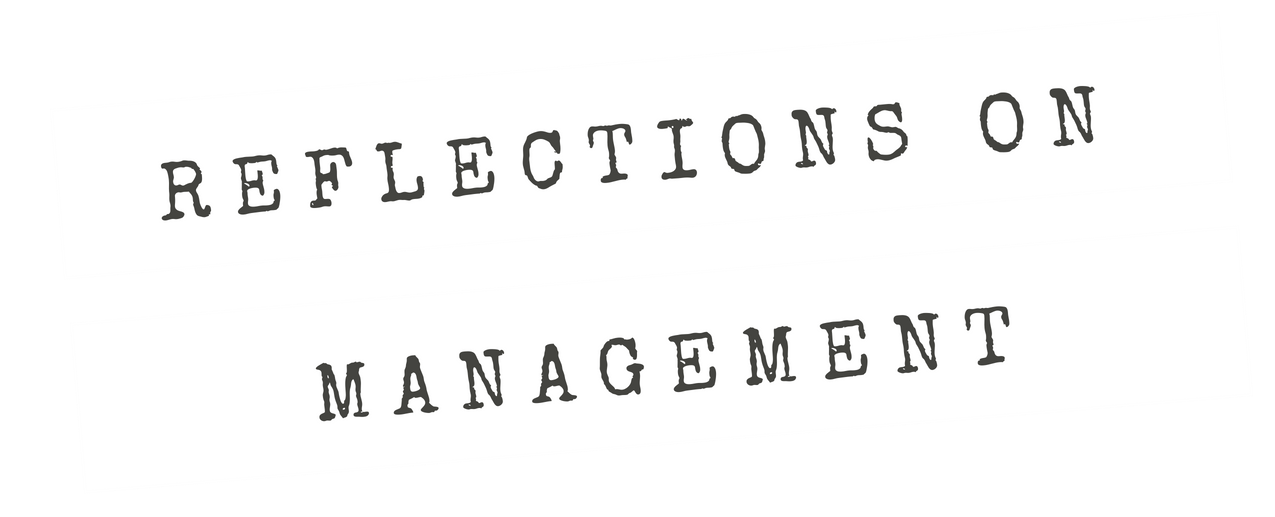We have to go back and figure out how to build a rich description of the system
Season 7, Episode 6 — Click here to download the transcript
Words matter. But what also matters is which words you choose and how you use them to describe your experiences and behaviors and those of the organization you are observing. You can’t model everything. So what is most important now? The corporate vocabulary that I addressed in the previous episode helps you describe what’s going on. But the temptation is to strip away that which is not interesting to us and focus on only certain things that conform to the model already constructed in our own minds, and now we’re going to foist it on the situation. We might start with a diagram or a two by two matrix and force fed everything into it. It is understandable because it is so hard to deal with complexity. We can get overwhelmed. So how do we capture and eventually model the organization in ways that preserve complexity?
The taxonomic meta-narrative that the previous episodes have been building toward is the sum total of the experiences that all actors in the organizational system have. We clearly need a shortcut — we can’t deal with all that — but the good news is that a shortcut exists, and until preparing for this episode I struggled to come up with a model that could be useful.
The model has two parts. The first is the vocabulary and how I narrow it. Once I’ve deduced the corporate vocabulary that I discuss in the previous episode, I break it down into three categories — nouns, verbs, and adjectives (or people/things, actions, and attributes). Key is that I avoid abstract nouns and instead treat them as attributes, such as not thinking of ‘fairness’ so much as ‘are things fair.’ The second is based on a belief that the organization is designed in such a way that there is an ‘unremarkable’ set of experiences that the organization is designed around that constitutes the majority of cases, and that there’s a progression to rarer yet more deviant cases that the organization adapts to. I will use the normal distribution and standard deviation as metaphors for describing how to summarize the individual experiences and bucket them from the unremarkable to the extraordinary — the crisis cases that truly test an organization.
Reference:
Gundel, S. (2005). Towards a new typology of crises. Journal of contingencies and crisis management, 13(3), 106-115.


